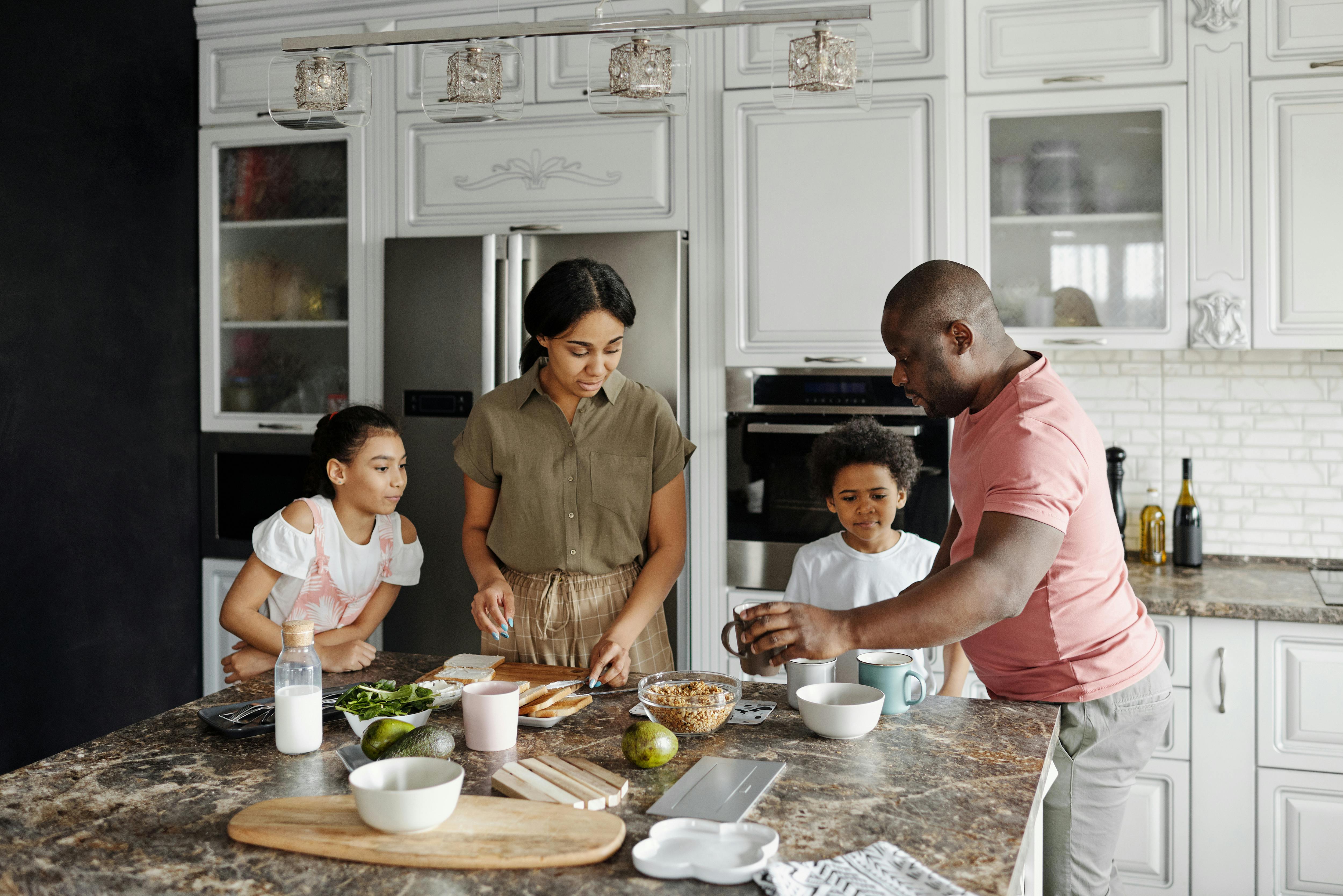The first step is planning the layout: As with kitchens, your local supplier will execute a computer-generated plan based on the dimensions of the room and your particular requirements.
If you stick with the same layout, carefully measure your bathroom set before you go shopping for a replacement so you know the new items will fit.
Reinstalling plumbing and wiring will add to the cost, so stick with existing service points if possible, though this may be unavoidable if you want to reposition the bathroom.
First decide on the right place for bathing and/or showering. If your toilet is in your bathroom, decide where it will go and then place the sink.
Once the fixtures are planned, you can figure out how to use the remaining space which, in modern bathrooms, can be quite limited. Some form of storage is required, either cabinets or shelves, preferably both, for toiletries, cleaning products, toilet paper rolls and children’s bath toys. If your bathroom is spacious, you can also keep clean towels and your laundry basket in there.
Choosing your bathtub and sink can be a time-consuming task. Even if you’re not opting for something like a Jacuzzi or indoor hot tub, tubs come in all shapes and sizes: standard oblong, roll-top, corner, curved, wider at one end than the other, and colors. Unless you desperately crave a particular color, it’s best to stick with white. It’s clean looking, harmless, and will go with whatever color you decide to use for paint and furniture.
Faucets also come in an amazing variety of styles – choose a design that complements your bathroom.
Before making your final bathroom ensemble decision, it’s helpful to discuss your plans with your plumber to see if there are any potential drawbacks with the designs you’ve chosen.
Even if your window has frosted glass, make sure you have a curtain or blind with an ‘opaque’ coating, unless you want neighbors or passers-by to catch a glimpse of you bathing, washing, or worse.
When it comes to decorating, remember to use, or specify, if someone else is doing the work, grout that is steam and water resistant. Similarly, choose paint and wallpaper that resist heat and steam – look in the ever-expanding ‘kitchen and bathroom’ ranges.
Pale colors brighten up a small bathroom, especially one without natural light, but color is fun to experiment with. And a large mirror on one wall, especially the wall opposite the window, will help a small bathroom look and feel much larger and lighter.
Floor coverings also come in all kinds of materials and colors, but avoid rugs that are impractical and unhygienic in a bathroom. Vinyl, cork tile, or linoleum are all good options: warm underfoot and easy to clean. However, if the surface you choose is shiny, always use a non-slip washable mat for added safety.
If you’re installing a shower, either as a separate feature or above the bathtub, research the different types before deciding which one to choose. If you have high water pressure, you can opt for a heated shower that connects directly to your heating system and keeps the water temperature consistent.
An electric shower system heats the water and is used primarily over the bathtub. High pressure showers will give you the best shower experience, even if you have low water pressure.
Look for a non-slip surface in both the bathroom and shower. Check with your plumber that the drain can absorb the amount of water your shower produces – an overflowing shower tray can cause serious problems.
Above all, the main thing to remember when redesigning your bathroom is to choose a design that suits your lifestyle.
